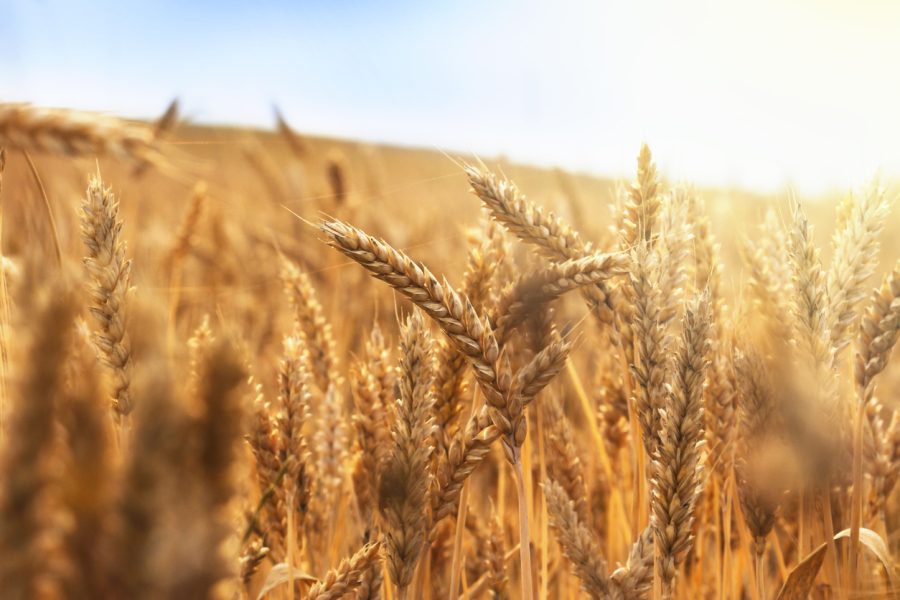
Explained: The reason why India chose to ban wheat exports

India has banned wheat exports with immediate effect as part of its steps to control the spike in prices at home. Only export shipments for which letters of credit have been issued on or before Friday’s notification will be allowed, the government said.
The notification said that the government had taken the decision “in order to manage the overall food security of the country and to support the needs of the neighbouring and other vulnerable countries”.
Besides, the government will allow exports on requests from other countries, the notification issued by Directorate General of Foreign Trade (DGFT) said.
The move comes after a huge crop loss due to a heatwave in March. The government is also under pressure to rein in inflation that surged to 7.79 per cent in April. The move also is a u-turn two days after the government announced its plans for a big export push.
Also read: Heavy private purchases, strong exports keep wheat prices bullish
On Thursday, the government statement had said: “The Centre will send trade delegations to Morocco, Tunisia, Indonesia, Philippines, Thailand, Vietnam, Turkey, Algeria and Lebanon for exploring possibilities of boosting wheat exports from India. India has set a target of a record 10 million tonnes of wheat in the 2022-23 amid rising global demand for the grain globally.”
Earlier this month, a Reuters report had quoted a top official of the Ministry of Consumer Affairs, Food and Public Distribution as saying that India is not looking to curb wheat exports.
India has set a target of a record 10 million tonnes of wheat export in 2022-23, amid rising global demand for the grain globally due to the crisis in Ukraine. The Russia-Ukraine war has upset the wheat exports in 55 countries as the two countries accounted for about 25 per cent of world’s wheat exports.
Private players corner procurement
India, the largest wheat producer after China, was eyeing the void left by the conflict. But, the wheat exports, which till April 21,2022 were at 9.63 lakh tonne, could not benefit the farmers much, said an India Today report. The report added that in Punjab, private players directly purchased wheat from the farmers.
Also read: Quality of grain a challenge in taking Indian wheat across the globe
The report quoted agriculture economist Devindra Sharma as saying that the farmers were just paid between Rs 1.5 to Rs 4 per kg additional by the private players. Meanwhile, the wheat was purchased at Rs 2300 to 2400 per quintal and was sold up to Rs 4,000 in the international markets.
Sharma added: “I feel the prevailing international wheat prices will only benefit the private players. The government should have purchased the entire export wheat stocks at a fixed price and then should have sold the same to the private players to benefit the farmers. This may have ensured the remunerative prices to the farmers, but (instead) this resulted in exploitation.”
Meanwhile, experts have praised the Union government’s decision to revise the wheat procurement targets after declined production. The targets have been revised from 111MT to 105 MT.
Hot March hits production
Shrivelled grains due to the continuous dry spell resulted in a loss of more than five quintals per acre. The loss also reflected in the procurement.
The government procurement declined by 44 per cent by 162 lakh tonnes till May 1,2022 against 288 LMT procured last year. Aggressive buying by private players and a dip in the harvest has resulted in less procurement.
Punjab, the largest wheat producing state, could procure just above 90 lakh metric tonnes against a target of 130 lakh metric tonnes this year. Haryana could only procure 37.2 LMT against a target of 80 LMT. Other states, including Madhya Pradesh, Uttar Pradesh and Rajasthan have also missed the procurement targets.
Poor farmers, who incurred the losses due to shrivelled grains and a decline in production, are looking at the state and Central governments for compensation. The farmer unions have demanded a compensation of Rs 500 per quintal, but have only got plain assurances yet.
It was the heat in March — the hottest in India since records first started being kept in 1901 — that stunted crops. Wheat is very sensitive to heat, especially during the final stage when its kernels mature and ripen. Farmers time their planting so that this stage coincides with India’s usually cooler spring.
Before the pandemic, India had vast stocks that far exceeded its domestic needs — a buffer against the risk of famine. Those reserves have been strained, Sharma said, by distribution of free grain during the pandemic to about 800 million people — vulnerable groups like migrant workers. The programme was extended until September but it’s unclear if it will continue beyond then.
Also read: Explained: How heatwaves are affecting India’s wheat crops


